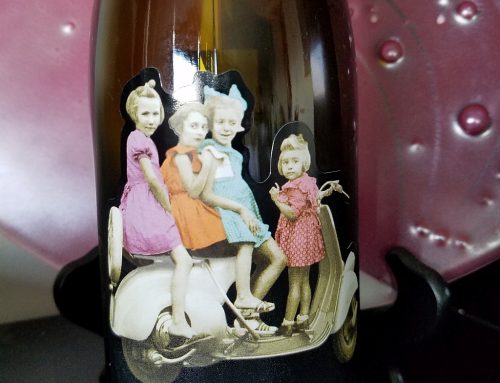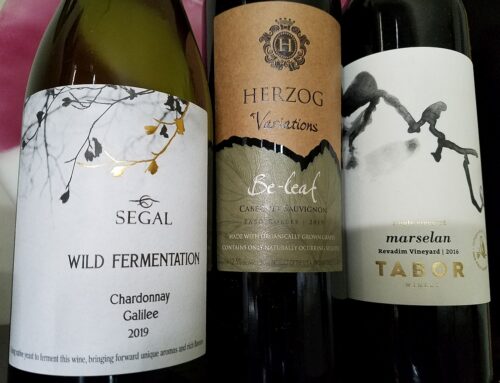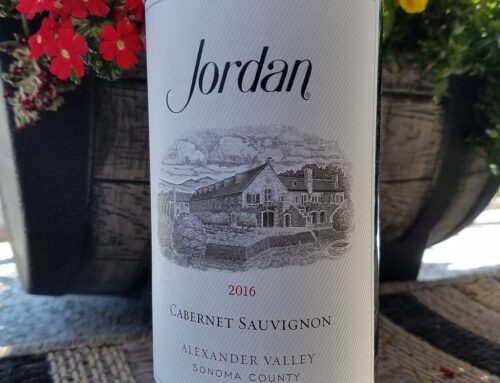One way to overcome the pain of Tax Day is with a glass of the 2006 Bouchaine Estate Chardonnay.
While my relationship with the Internal Revenue Service and April 15th is longer than my acquaintance with this chardonnay, the latter is much more pleasant.
Bouchaine’s current history begins in 1981 when Gerret and Tatiana Copeland purchased the property from Beringer Brothers. The vineyard dates to 1899, and it’s the oldest continuous winery in California’s Carneros district.
I became acquainted with Bouchaine’s chardonnay and pinot noir wines in the mid-1980s. I was impressed with the fruit flavors and balance and how well the wines went with food. For two decades, I kept them on the wine lists of my former restaurants, Le Delice and Sonoma Grill.
Since the 1990s, California winemakers have continuously increased the overripe fruit, intense new oak aromas and flavors, and alcohol levels in their wines. They overwhelm most foods, but Bouchaine has never taken its wines down that road.
The Copelands’ understanding of balanced, food-friendly wine is probably attributable to Gerret Copeland growing up with parents who were members of the prestigious Chevaliers du Tastevin, an organization dedicated to the chardonnay and pinot noir wines of Burgundy, France.
The 2006 Bouchaine Estate chardonnay is made by Michael Richmond, who brings a lifetime of excellent chardonnay winemaking to the task. Hired by the Copelands in 2002, Richmond was a founding partner Acacia, another Carneros winery with a history of elegant chardonnay and pinot noir wines dating to 1979.
Richmond treated the 2006 Carneros chardonnay grapes respectfully by dividing the wine into various lots. About 15 percent was placed in stainless steel tanks to preserve its natural floral and citrus qualities. The remaining 85 percent was aged in oak, the majority in barrels ranging from one to four years old and the rest in new oak. After nine months, all the wine was blended.
This skilled approach gave the 2006 Bouchaine Estate chardonnay a fragrant apple-blossom, lily-like aroma; its medium body carries a delicious dance of apple, citrus and pear flavors across the palate. Combined with the 13.9-percent alcohol, the wine has an elegance normally found in Burgundy’s Chassagne-Montrachet, not California chardonnay.
Wines like the 2006 Bouchaine Estate chardonnay rarely win high scores when sitting on a tasting table with California’s macho wines. But put the glass of wine next to a plate of striped bass, sauteed Swiss chard, and roasted fennel, as I did, and you’ll understand why the 2006 Bouchaine Estate chardonnay belongs on your wine list.
And if you’re getting a tax refund, you can stock a few extra bottles.
The 2006 Bouchaine Estate chardonnay retails for approximately $24.






Leave A Comment